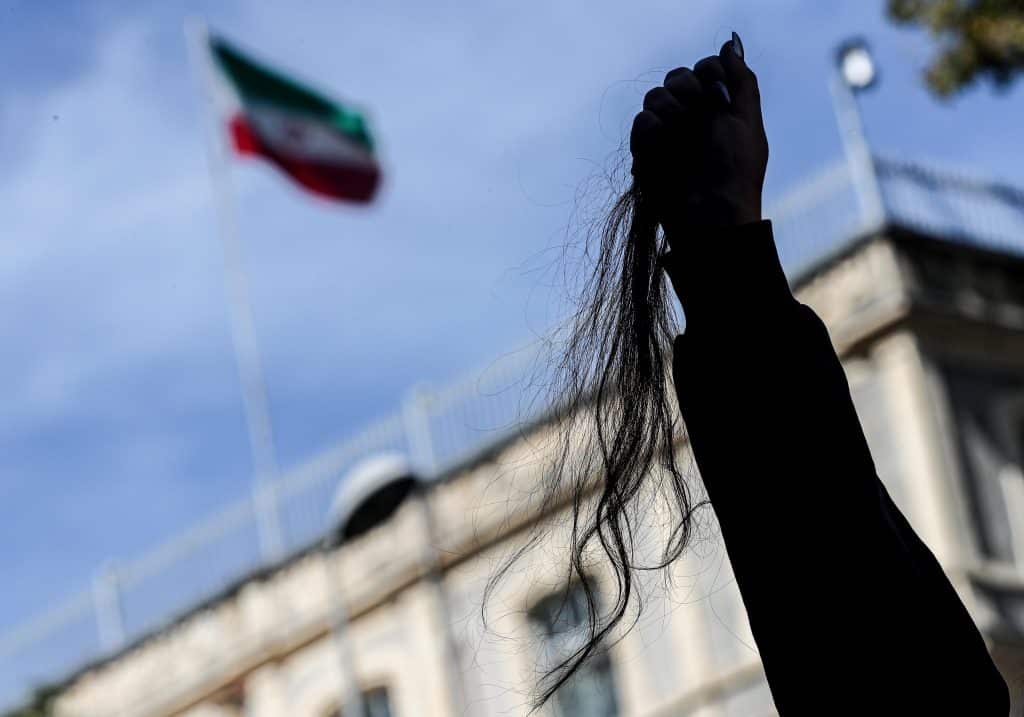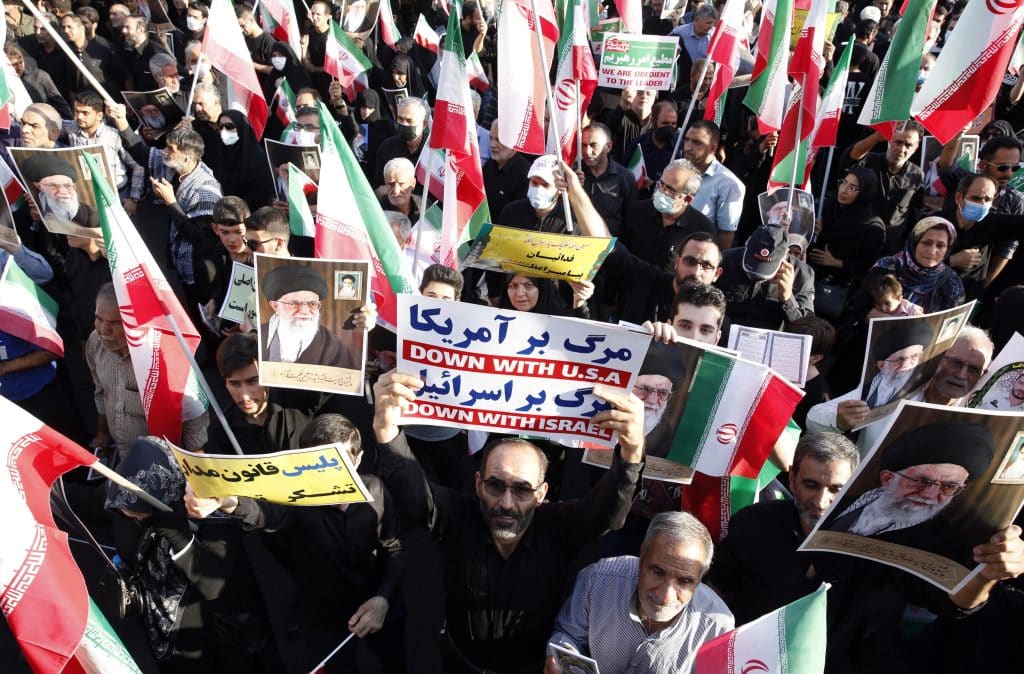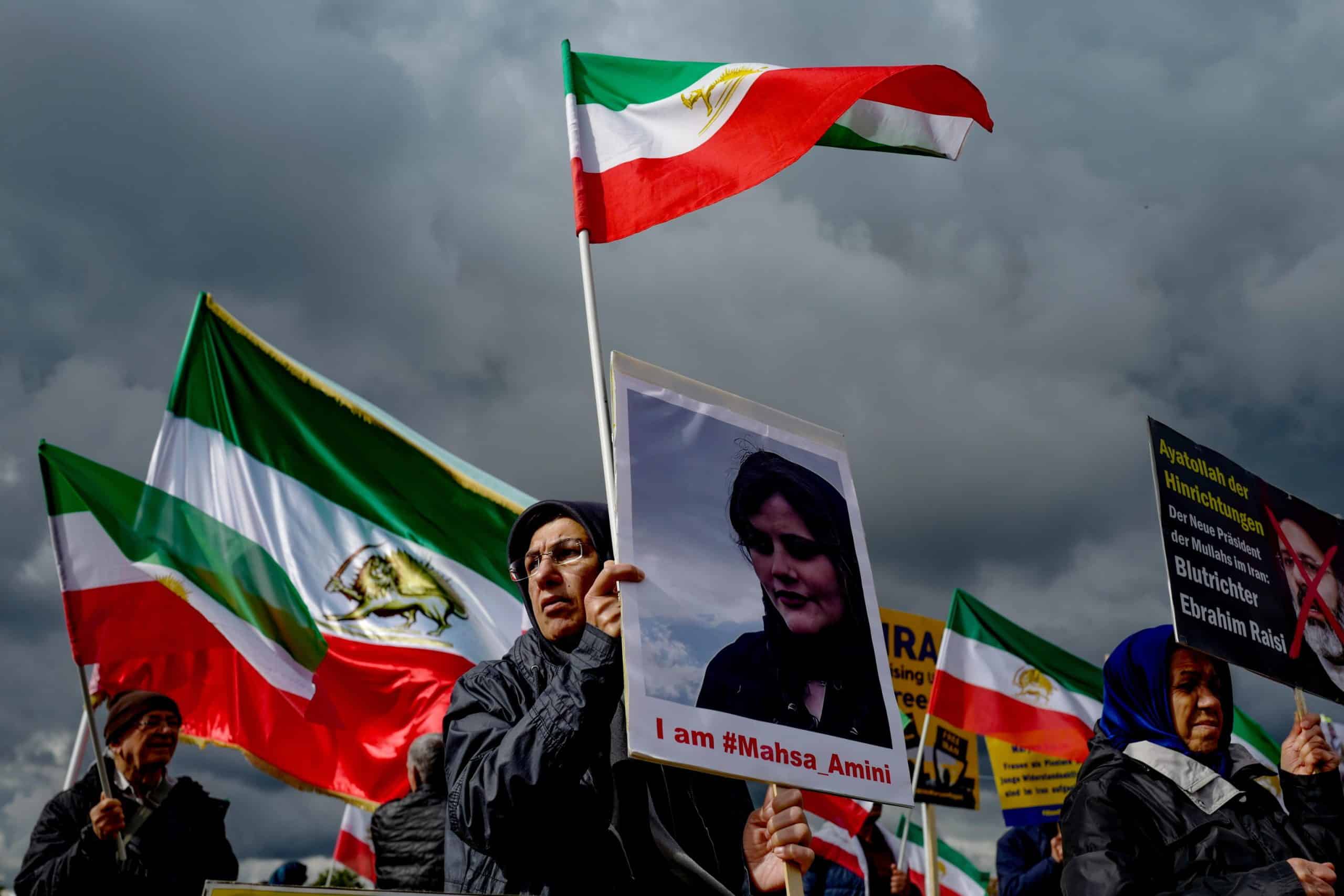“Donne. Vita. Freedom“. The new revolution in Iran it has begun, and to carry it on I am right give it. Meanwhile, in the iron fist of the repression it also aims at freedom of expression, with 20 journalists – including the photojournalist Yalda Beauty (made famous by a photo from the November 2019 protests) – arrested by the police, while popular dissent towards the government of Ebrahim Raisi shows no sign of stopping. Riots and demonstrations have been going on for weeks in the country ruled by Ayatollah, but the situation has degenerated after the death of the 22enne curda Mahsa Amini, arrested by the moral police simply for wearing the veil in an “incorrect” manner. According to the group founded by Iranian exiles in Norway, Iran Human Rights, the arrests are more than 1200while the protesters killed are 76. In the meantime, the girl’s family has decided to present one complaint against the “perpetrators of his arrest”.
The freedom of expression that scares the regime
The Reporters Without Borders association and the American organization Committee to Protect Journalists reported the detained 20 journalists. Among them, in addition to the aforementioned Moaiery, Nilufar Hamedi who, even risking his life, visited the hospital where Mahsa Amini was in a coma and helped alert the world public opinion about her fate. While overseas the gesture is still talked about Christiane Amanpourwho refused to wear the veil in front of the president Chairmancausing the latter to refuse the CNN interview.
Numerous activists and lawyers were also arrested, including Hossein Ronaghi, arrested and now in custody in Evin prison along with his lawyers. In an attempt to limit the extent of the dissent, the government added restrictions on the use of the internet and in particular of messaging and social apps. “By targeting journalists after restricting access to WhatsApp and Instagram, the Iranian authorities are sending a clear message: There must be no coverage of the protests,” Reporters Without Borders said in a statement. But to the list of political enemies the regime is also joined by well-known faces from the world of entertainment and culture, such as the director Asghar Farhadiguilty of having expressed his condemnation of the violence on social media.

The United Nations has asked the Iranian authorities to ensure the release of detainees: “Many Iranians were killed, wounded and detained during the protests – said the spokesman for the UN High Commissioner for Human Rights, Ravina Shamdasan in Geneva -. We are very concerned about the violent response of the security forces at the protests and for the apparent unnecessary and disproportionate use of force against the demonstrators. Firearms must never be used to disperse a demonstration ”. Shamdasan did not stop and called into question the Iranian leaders themselves: “I am concerned about the comments of some leaders who defame the demonstrators and the interruption of communication services. We ask the authorities to completely restore internet access ”.
The Iranian women’s revolution

The main element that characterizes the protest is its clear connotation female. Since Ayatollah Ruhollah Khomeini’s Cultural Revolution in 1979, women have seen their rights and theirs freedom to thin out more and more. The slogan that comes from the streets of Tehran is “Women, life, freedom“, With young girls waving their hijabs and burning them in front of the police. Among the victims of repression, he lost his life Sunday 25 September Hadith Najafi, a girl of only 20 who became famous for a video in which, without the veil, she gathered her hair in a ponytail. Some argue that the girl in the video is not Najafi, but the protest has already found a new symbol in that gesture.
The response of the regime and the world
The Iranian authorities however, they do not seem to want to take any step backwards: “The rioters should know that the security of our country is our red line and the police will safeguard it, by all means, “said the chief of police Hossein Ashtari, while the number one of Iranian justice, Gholamhossein Mohseni Ejei, warned that” the judiciary will face decisively and forcefully the enemy mercenaries“. Foreign Minister Hossein Amir Abdollahian said that “there is full democracy in Iran”, denying the veracity of the images spread on social media and Western TV.

The European Union and the United States, on the other hand, are considering new sanctions against Iran. Joseph Borrell, EU High Representative for Foreign Policy, condemned Iran’s disproportionate use of force and said all options will be on the table at the next meeting of the Union’s foreign ministers scheduled for October 17. This wave of demonstrations, clashes, marches and protests is the most violent in the last three years and among the largest since the flight of the Shah of Persia. It all started in July, on the 12th to be precise, national hijab day, in which some women refused to honor the traditional veil. The Raisi government responded firmly by approving a law regulating its mandatory nature on August 15, following which it decided to use the Facial recognition through the cameras to punish women who have not respected the law. Since 2015, in Iran, the government has had the biometric data of its citizens-subjects and therefore it would have been easy.
The ultraconservative leader Raisi, former president of the Supreme Court, enjoys the support of Ayatollah Khamenei and has dedicated himself fervently to suppression of women’s rights, leaving out other key issues for the life of the country, such as infrastructural, economic and environmental problems. Change in Iran is, also for this reason, in the hands of women. Also because those who have nothing left have nothing to lose.
